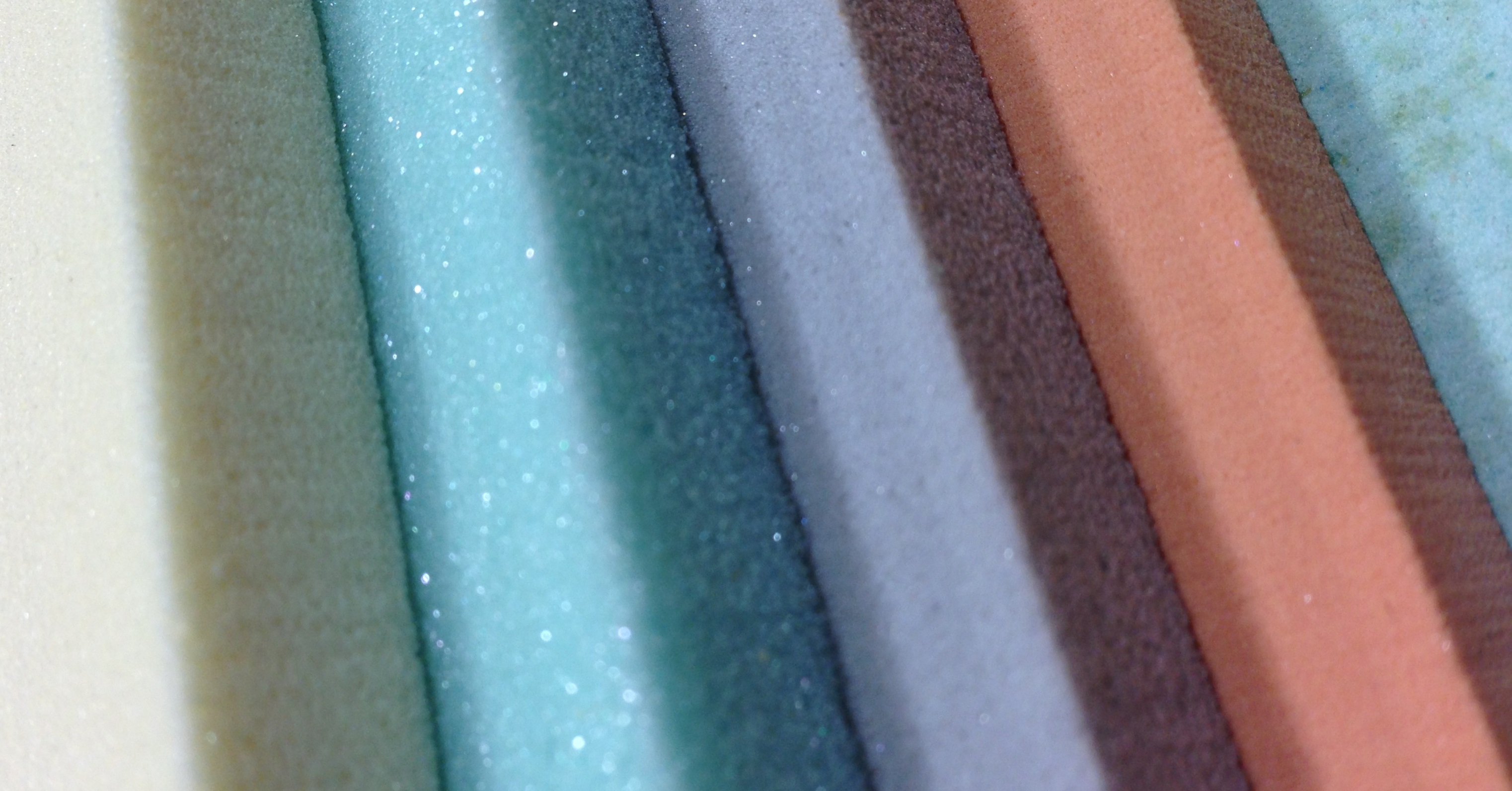Foam is divided into two categories classified by their cellular structures. Each variety specializes in its own uses and applications based on these structures. The foam type more frequently seen in the home is open-cell foam; the soft, squishy pillow–type of foam that makes up couch cushions and mattresses. The second variety is closed-cell foam, used in a spectrum of applications that demand durability, like construction, packaging foams, insulation, and more.
Closed-cell foam’s tiny, bubble-like structure is its defining characteristic, with each cell of foam being closed off to the next. The walls of these cells bond to one another, creating an impermeable material when it is undamaged. Open-cell, conversely, has cells that are open and interconnected.
Because of the extra rigidity a more solid structure offers, closed-cell foam is often firmer and used in more physically taxing applications. Neoprene is finely-celled and used in many jobs where the environment impacts performance, due to its moisture, Ozone, and petroleum resistance. Perhaps the most recognizable closed-cell foam is polystyrene; the white, rigid foam used in packaging and building insulation. Polystyrene possesses a strong R-value and its rigidity and moisture resistance make it popular for hot tub covers. Polyethylene foam is another popular packaging material, often used on fragile consumer products, and is made in a range of densities. It is also formulated in anti-static versions to protect delicate electronics in storage and transit. Gym rubber, as its name suggests, is a popular flooring material. Its firm padding provides an excellent cushion surface for exercise, activity, and play areas.

